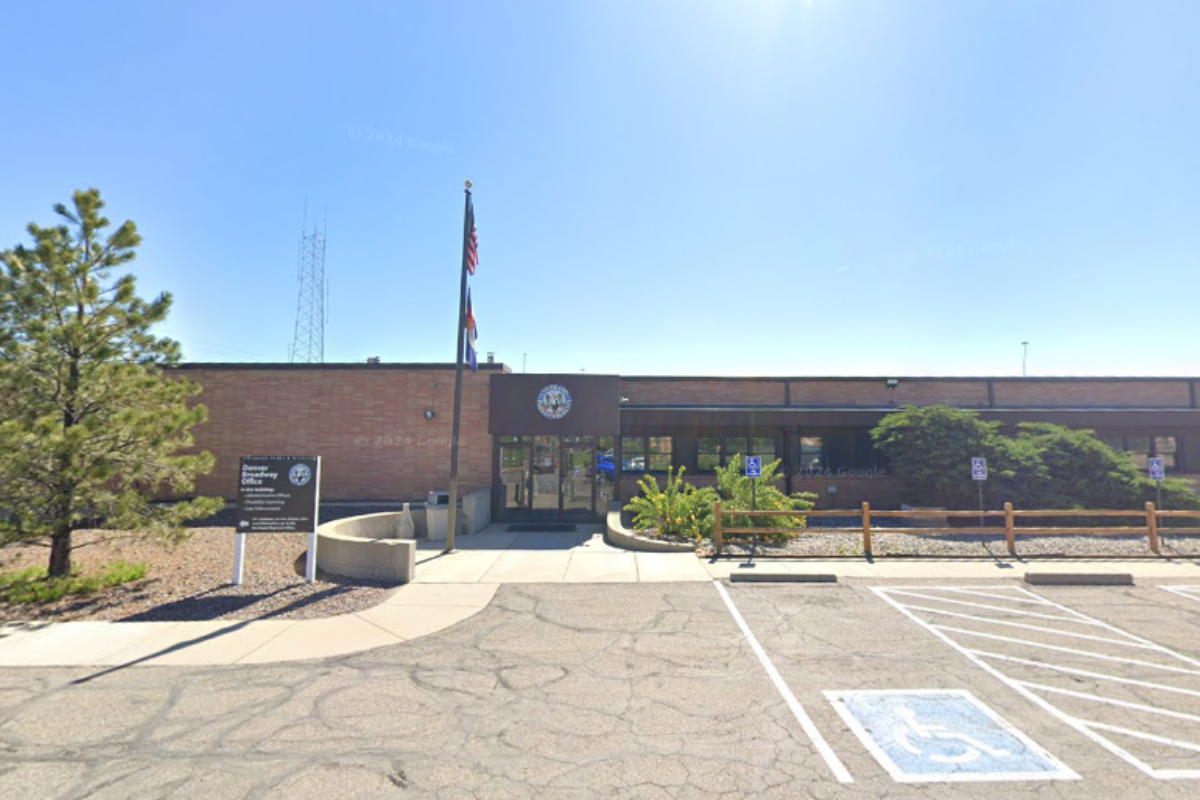
In a somber turn of events for wildlife enthusiasts, Colorado Parks and Wildlife (CPW) biologists have reported the death of a male gray wolf 2505-BC. According to Colorado Parks and Wildlife, an alert of mortality was announced this past weekend on Sunday, indicating that the wolf's death occurred in north-central Wyoming. Wolf 2505-BC was among the translocated wolves from British Columbia, relocated in efforts to promote genetic diversity and restoration of natural populations in Colorado.
Gray wolves like 2505-BC are known to roam extensively, sometimes covering vast geographies to locate food or potential mates. These animals, having originated from regions with no livestock-wolf interactions, may unwittingly wander into territories with human-imposed boundaries and risk conflict, as was possibly the case here. The United States Department of Agriculture, Animal and Plant Health Inspection Service (APHIS) in Wyoming was actively responding to multiple reports of livestock losses when the mortality occurred.

Despite their wide-ranging behavior, CPW does not regularly comment on the movements and management of wildlife in neighboring states. This stance reiterates the intricacies and challenges of maintaining wildlife mobility amidst human-dominated landscapes.CPW's statement remained specific about the incidence yet refrained from delving into the operations and policies of wildlife management in Wyoming.
APHIS's ongoing mitigation efforts in response to livestock depredation may have led to encounters with 2505-BC, however, the precise details surrounding the wolf's death have not been publicly disclosed. The loss of this wolf underscores the contentious and often harsh reality of wildlife conservation, where attempts to preserve these species can abruptly collide with agricultural interests. It also underscores a narrative all too common in the annals of conservation, a story where the lives of wild creatures are at the mercy of the intersections between their ancient instincts and our modern world.
.














